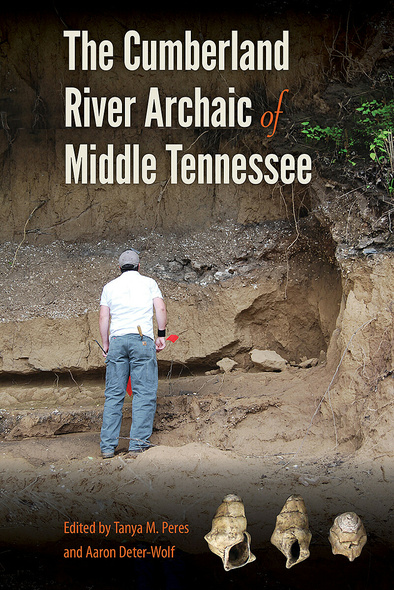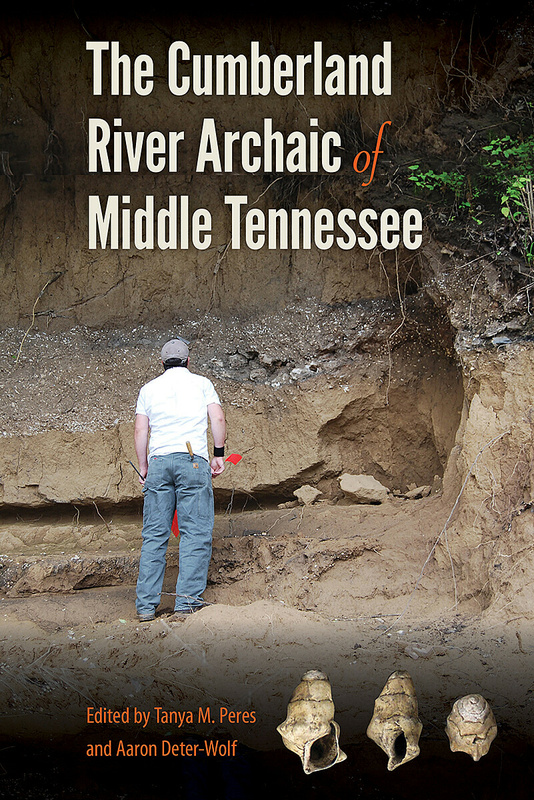
The Cumberland River Archaic of Middle Tennessee
For thousands of years, the inhabitants of the Middle Cumberland River Valley harvested shellfish for food and raw materials and then deposited the remains in dense concentrations along the river. Very little research has been published on the Archaic period shell deposits in this region. Demonstrating that nearly forty such sites exist, this volume presents the results of recent surveys, excavations, and laboratory work as well as fresh examinations of past investigations that have been difficult for scholars to access. In these essays, contributors describe an emergency riverbank survey of shell-bearing sites that were discovered, reopened, or damaged in the aftermath of recent flooding. Their studies of these sites feature stratigraphic analysis, radiocarbon dating, zooarchaeological data, and other interpretive methods. Other essays in the volume provide the first widely accessible summary of previous work on sites that have long been known. Contributors also address larger topics such as geospatial analysis of settlement patterns, research biases, and current debates about site formation processes related to shell-bearing sites. This volume provides an enormous amount of valuable data from the abundant material record of a fascinating people, place, and time. It is a landmark synthesis that will improve our understanding of the individual communities and broader cultures that created shell-bearing sites across the southeastern United States. Contributors: David G. Anderson | Thaddeus G. Bissett | Stephen B. Carmody | Aaron Deter-Wolf | Andrew Gillreath-Brown | Joey Keasler | Kelly L. Ledford | D. Shane Miller | Dan F. Morse | Tanya M. Peres | Ryan W. Robinson | Leslie Straub | Andrew R. Wyatt A volume in the Florida Museum of Natural History: Ripley P. Bullen Series
A much needed contribution to the literature of the Archaic period in the Southeast. . . . [An] important body of work.’—Midcontinental Journal of Archaeology
The Middle Cumberland River Valley has a rich archaeological record that has gone largely unnoticed by the archaeological community. This volume corrects that by presenting information, new and old, on the Archaic shell-bearing sites of the region. It should serve as a source of valuable primary data for decades to come.’—Jason O’Donoughue, author of Water from Stone: Archaeology and Conservation at Florida’s Springs ‘The cornerstone of the volume rests on joint professional/avocational efforts to salvage priceless information in the face of rampant site destruction, efforts that were little short of heroic and that provide a model for rapid response to similar situations elsewhere.’—Evan Peacock, coeditor of Exploring Southeastern Archaeology
Tanya M. Peres, associate professor of anthropology at Florida State University, is the editor of Trends and Traditions in Southeastern Zooarchaeology. Aaron Deter-Wolf, prehistoric archaeologist for the Tennessee Division of Archaeology, is coeditor of Ancient Ink: The Archaeology of Tattooing.




